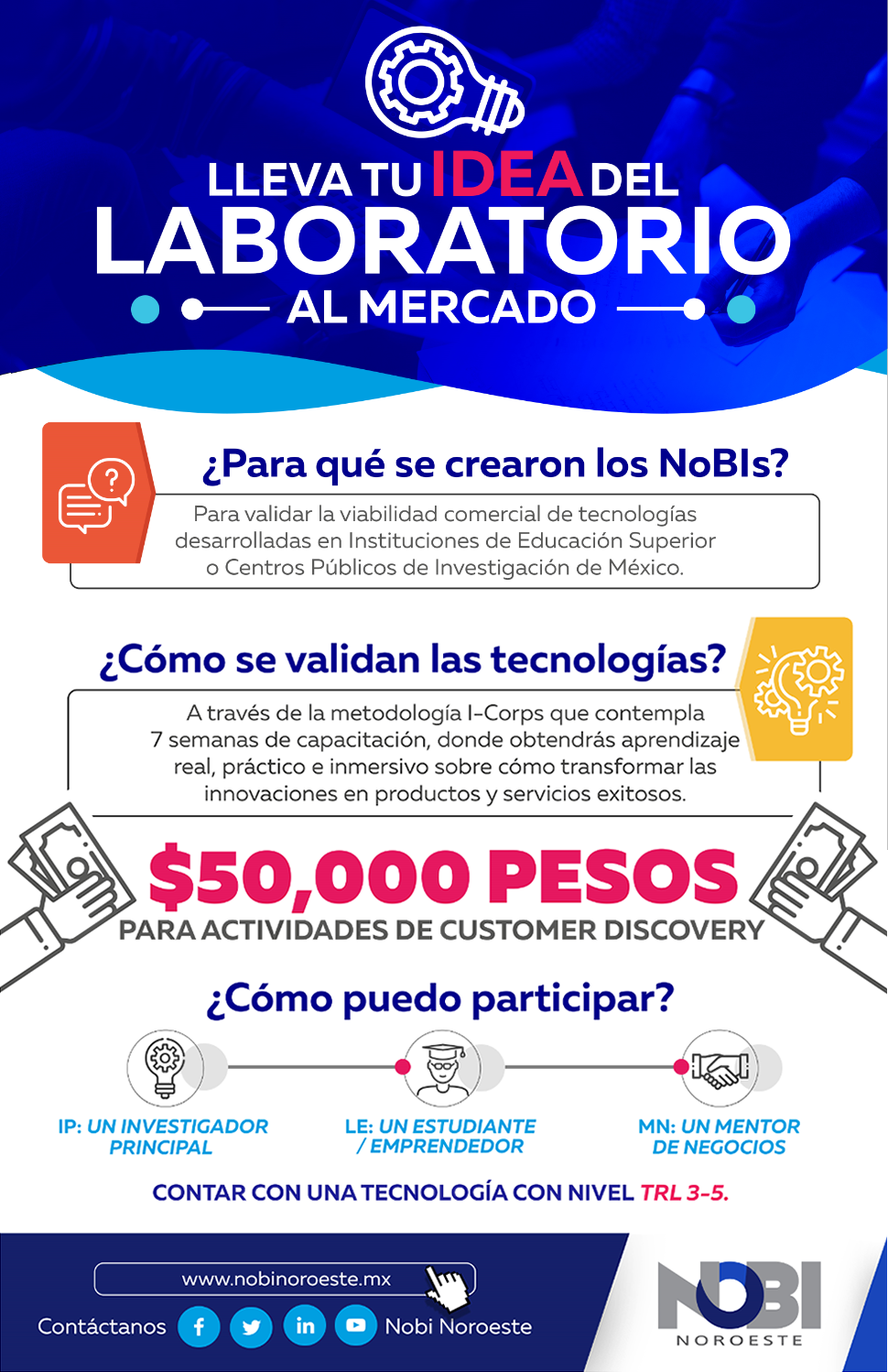After winning first place in the home automation area in the Siemens’ regional contest Logo! of Creativity in Automation, a group of engineering in Industrial Processes students belonging to the Autonomous University of Sinaloa (Universidad Autónoma de Sinaloa, UAS) will participate in the national phase with the ZOO-Logo! Smart Zoo project, on October 27th within Siemens’ facilities at Mexico City.
Javier Eduardo Abitia Camacho, collaborator at UAS’ Technological Innovation Park (Parque de Innovación Tecnológica, PIT), Abel Alberto Cervantes Aragón and Jesús Manuel Rodríguez Valdez are the youths who will expose the aforementioned smart zoo project, which uses a programmable logic controller (PLC) Logo! V8 and implements a control system that breaks with the trend of using such technology almost exclusively in smart houses; this control is divided in two points: maintenance and security.
In the maintenance area, university students implemented an irrigation system controlled by a humidity sensor (represented by seven LED lights in the mock-up), a refrigeration system controlled by a temperature sensor (represented by a 12v fan) and a lighting system controlled by a photoresistor (represented by LED strip lights throughout the mock-up’s perimeter).
With regard to security, there was a fire-fighting system prototype controlled by a smoke sensor, a system for parking lots controlled by optical sensors, a visitors counting system for entrances and exits (also controlled by two optical sensors) and an anti-intruders system controlled by a motion sensor; all these systems have as goal guaranteeing welfare to both visitors and zoo animals.
The main reason for them to choose developing the ZOO-Logo! Smart Zoo project was demonstrating that home automation is not barely smart houses, but also can be applied to different areas. On that basis, they decided to design a zoo in order to attend a problem that has been developing during the last years: accidents that involve visitors and zoo animals due to the inefficient security and maintenance system.
These three future engineers, current UAS’ students, expressed that their experience in this regional event showed them that with the acquired knowledge as university students they can compete at a technological level and be ahead of student from other universities that count on accredited careers and even more recognised than those belonging to UAS, which is relatively new in this knowledge field.
Their pass to the national final was reached after a draw (at the Pacific zone) with students from the Technological University of Hermosillo, who participated with a smart house project. The representatives of these two universities will compete against students belonging to San Luis Potosí, Nayarit, Chihuahua, Querétaro and León.
Once concluded the 20 minutes presentation that each participant team will have, when the mock-ups functioning will be displayed, explaining the rationale of their project and the real application, there will be a deliberation to choose the first place winner, which will receive PLC programming courses, a travel to a technology fair in Germany, a PLC laboratory for the university, among other awards.
- 1
- 2
- 3
- 4
Writen by Alfredo Careaga (Communication and Diffusion, PIT-UAS), Translated by Belem Ruiz (Edition and Communication, PIT-UAS).

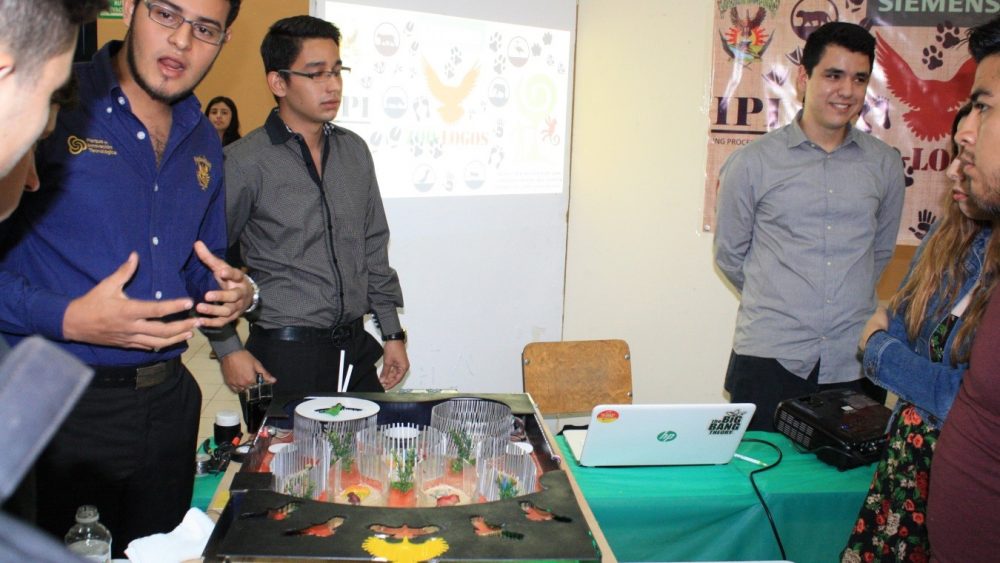
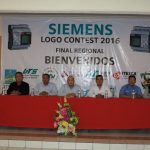
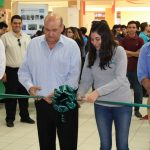
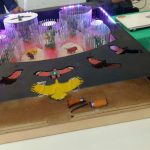
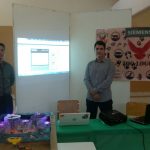

 Parque Científico Tecnológico, Universidad Autónoma de Sinaloa © 2015
Parque Científico Tecnológico, Universidad Autónoma de Sinaloa © 2015